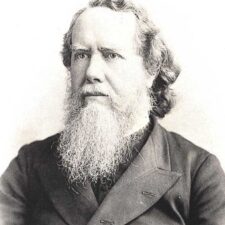Growing churches and ministries know that they need ministry leadership training but what kind and how do they choose?
A big part of customizing ministry leadership training for a particular group or individual depends on the organization’s or individual’s leadership style. Once you identify leadership types you can work up a program to enhance the leader’s natural abilities and bolster up any weak areas. Generally, you can divide ministry leaders into three camps:
The Administrator
This type of leader relies on systems and programs to perform tasks. Administrative leaders prefer working within a set of defined protocols to accomplish a goal. Administrative-heavy teams can make it difficult for creativity to flow among the support team. Teach this group how to assess congregational and community needs with reliable protocols, to set up the appropriate systems but with an allowance for some creative changes.
The Shepherd
Also called “charismatic leadership,” shepherds and their teams feel a heavy burden of responsibility for the people they lead. Shepherds have a natural talent for leading and can rely, sometimes too heavily, on these natural skills. The downside of this type of leadership is that without the charismatic leader, the rest of the team may not perform well. Teach these type of leader-centric ministries to diversify talent.
The Visionary
Operating a ministry with a strong, succinct vision is a plus! However, when leaders can’t convey these visionary ideas to the supporting team or congregation, they can’t achieve the goals. Visionary leaders need training on how they can “put legs” on the vision.A comprehensive plan for ministry leadership training can empower the ministries of the church to reach short and long term mission goals.













